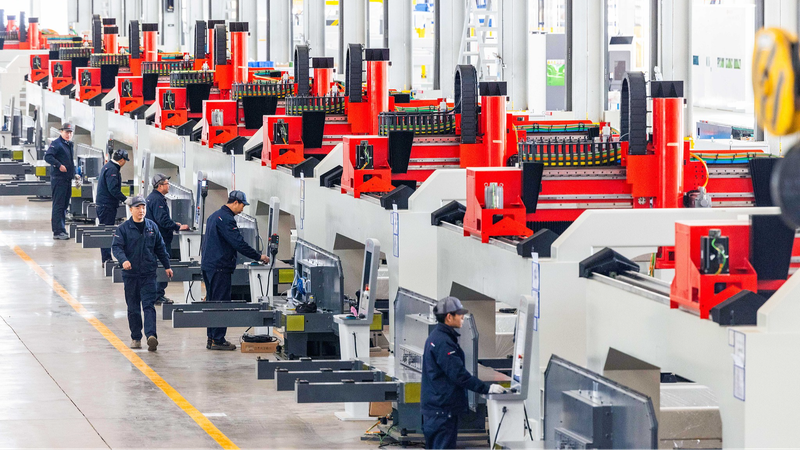Facing steep U.S. tariffs that hit rates as high as 245%, Chinese exporters are rethinking their game plan by diversifying markets and tapping into the enormous potential of the domestic front. Across the board, firms are leaning on the robust supply chains of the Chinese mainland to power through these challenges.
Take BEIFA, an office stationery manufacturer from east China's Ningbo. With a 30% sales jump to a European retailer and growing demand from Southeast Asia, BEIFA is a prime example of how agility and market diversity can overcome turbulent trade winds. 🚀
Meanwhile, an automotive parts manufacturer in south China's Dongguan has shifted production to Thailand. By cutting its U.S. market reliance to under 30% and expanding sales across 40 countries, it’s proving that innovation and forward-thinking strategies are the keys to survival—and success—in today’s fast-evolving global market.
On the domestic side, major e-commerce platforms and retail giants are boosting opportunities for exporters by promoting high-quality export products locally. This synergy not only eases short-term pressures but also fuels a new, dynamic development model, reinforcing the irreplaceable role of the Chinese mainland in global manufacturing.
However, the ripple effects are felt beyond borders. For instance, a washing machine produced in east China's Cixi saw its retail price jump from $180 to $270 after tariffs, highlighting the broader impact on U.S. consumers. Still, industry experts remain confident that diversity and innovation will pave the way for sustained growth.
Reference(s):
Chinese exporters navigate U.S. tariffs via market diversification
cgtn.com




